Standing on Hung Vuong bridge across the lower reaches of Da Rang river connecting Tuy Hoa ward with Phu Yen ward in the early morning of July 2025, looking up to the west of the river, many people can easily see the image of local people wading in the water on the alluvial banks, behind them is a plastic basin with a rope attached to their belts, in their hands is a clam rake designed by an iron mesh frame connected to a small bamboo handle.
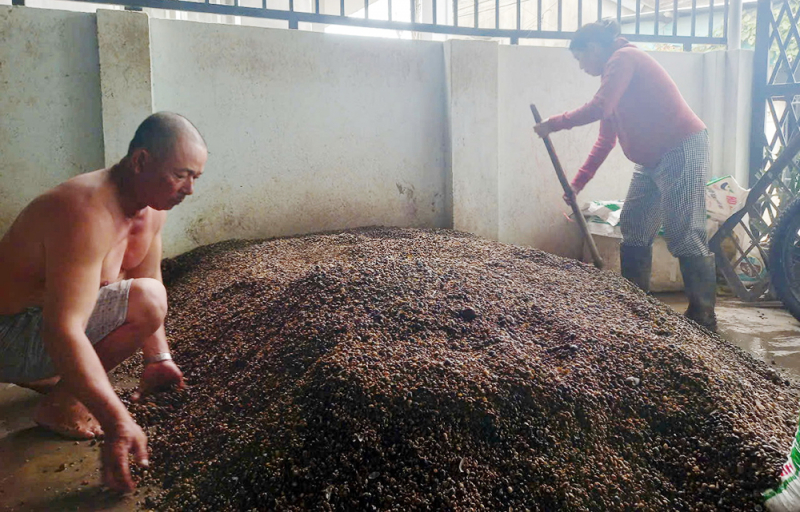
By skillfully and rhythmically raking the mussels on the riverbed and then sifting the sand into the water, after only a few minutes they lifted the iron mesh frame above the river surface to dump the collected mussels into a plastic bucket. They kept raking and scooping from morning to noon; every time the mussels reached a few kilos, they pushed the plastic bucket to the small boat to dump them into a bag and then continued to immerse themselves in the river raking and scooping.
After nearly ten years of working on the river to earn money by raking mussels, Mr. Tran Van Dung, residing in Ngoc Lang village, Tuy Hoa ward, shared his experience: “At first glance, it seems simple, but not all healthy people can rake and scoop mussels. Not only do they have to soak in the water for hours, but mussel rakers must also know how to look at the terrain, water level, currents, and fineness of the sand along the alluvial flats to predict where there are many mussels. Next, they must know how to rake, scoop, and sift sand quickly and neatly.”
Newcomers to the profession only get tired after a few hours of raking and scooping, and their bodies are also tired from soaking in the water. Every day from morning to noon, the clam rakers collect about 40-50kg of clams, bring them to shore, remove the remaining sand and gravel, and then sell them to wholesalers. Each kilo of small clams is used as food for laying ducks and lobsters for 3,000-4,000 VND, and large clams are used to make food for people for 6,000-7,000 VND, but when they reach consumers, the price has more than doubled. Usually, when the water level on the river recedes after rains, there are many large clams with delicious and fragrant meat...
At the peak of the mussel season, every day hundreds of people flock to the lower reaches of the Da Rang River, about three kilometers upstream from the Da Dien estuary, to rake, scoop, and sift. Visitors standing on the two bridges Hung Vuong and Da Rang looking down seem to see teams of marines conducting military drills underwater. In this area alone, during the mussel raking season, every day no less than 4 tons of mussels are brought from the river to be sold to purchasing points in Ngoc Lang quarter, Tuy Hoa ward. Upstream from the Da Rang River to Vinh Phu village, Phu Hoa 1 commune; Thanh Hoi village, Son Hoa commune... there are also groups of people wading on the river to rake mussels.
With a thick Nau accent, Ms. Le Thi Thu, residing in Ngoc Phuoc 1 quarter, Tuy Hoa ward, said: “I have lived in the lower reaches of the Da Rang river since my childhood, so I am familiar with freshwater mussels here. In the past, people bought mussels to supplement the nutritious food source for their duckling flocks. Later, mussels were brought to lobster cages and a few large mussels were brought to the market to be sold as food in rustic meals and mussel meat is also available at many restaurants in the wards and communes in the lower reaches of the Ban Thach, Da Rang, and Ky Lo rivers.”
Buy mussels, scrub them, soak them in rice water or clean water overnight to let them release their own dirt, then put them in a pot and boil for about ten minutes until the mussels burst open, separating the meat from the shell. The mussel broth is milky white like rice water and is used to cook porridge, soup with water spinach, Malabar spinach and mussel meat. Mussel meat can also be used to make salads, stir-fried dishes with bean sprouts and rice paper, which is a favorite menu for drinkers who are tired of fish and meat. No matter how it is prepared, the "small, cheap" mussel dish is delicious and unforgettable to strangers.
Not only in the lower Da Rang River, but also every time the mussel season comes, many people in Binh Thanh Quarter, Song Cau 1 Ward and Binh Thanh Village, Tuy An Dong Commune flock to Binh Ba River - a downstream branch of Ky Lo River flowing into Tien Chau estuary to rake mussels.
In addition to cultivating rice fields and vegetable gardens, many people living on the right bank of the Binh Ba River take advantage of the calm nights to row boats out to the river to cast nets to catch fish, and when the mussel season comes, they go to the river to rake and scoop up mussels. Although the money earned from fishing and raking mussels is not much, it is enough to cover family living expenses, so dozens of people living along the river take advantage of the off-season to go out to the river to rake mussels to improve their daily lives.
Like many people living downstream of rivers in the Central region, the clam raking profession along the Da Rang, Ban Thach, Binh Ba rivers in the East of Dak Lak province, although hard, professional practitioners still wade in the water to... earn a living. Every day, many tons of clams from the river are brought ashore, then transported to lobster farming areas, duck farms or processed into food for family meals, menus in popular pubs... And after each rainy season, bringing alluvium to the downstream areas of the rivers, millions of clams grow again so that clam rakers have the conditions to continue making a living.
Source: https://cand.com.vn/doi-song/song-doi-bot-nuoc-cung-con-hen-que-ngheo-i774146/







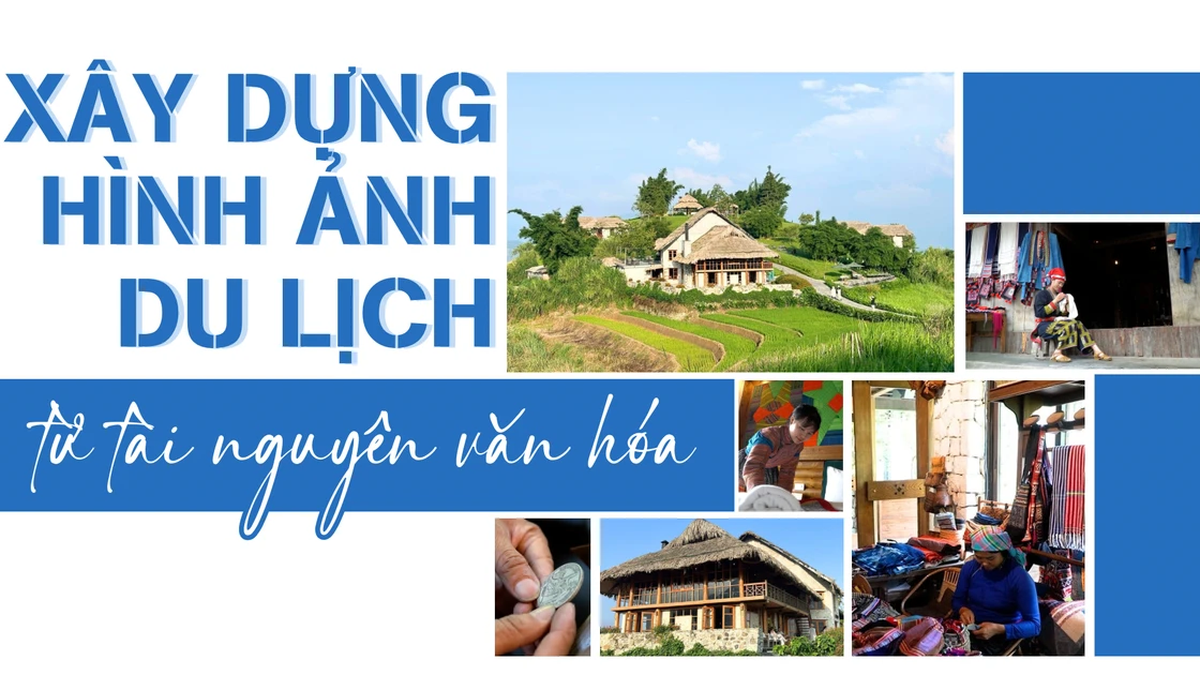


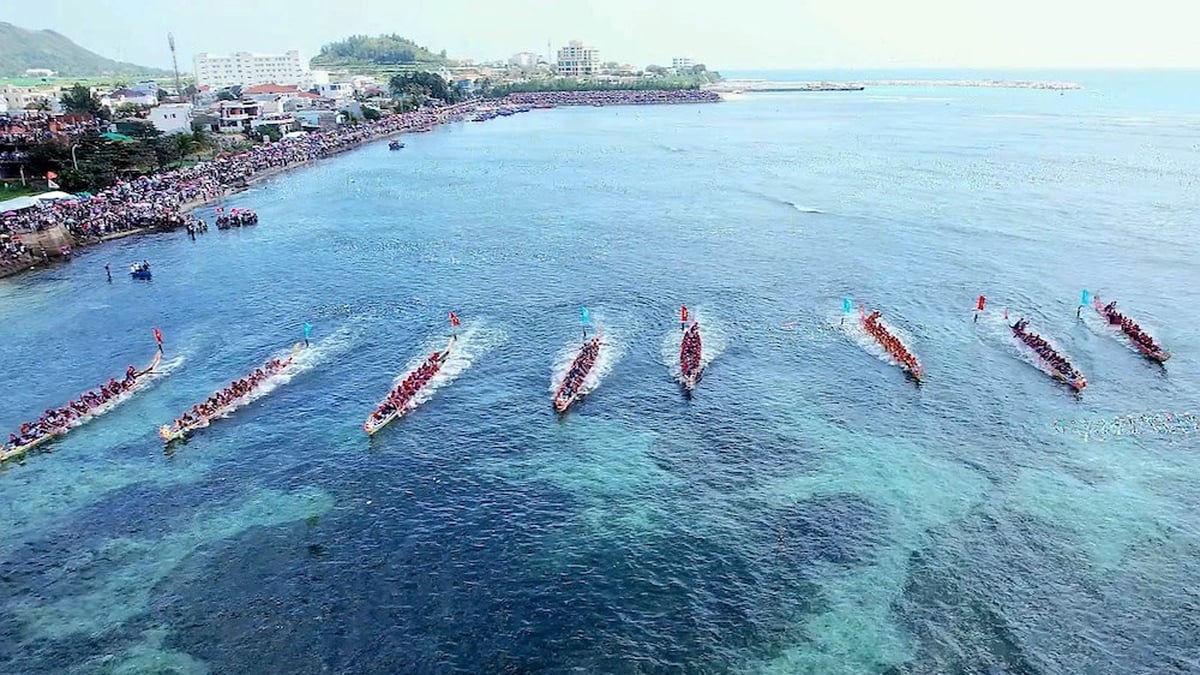













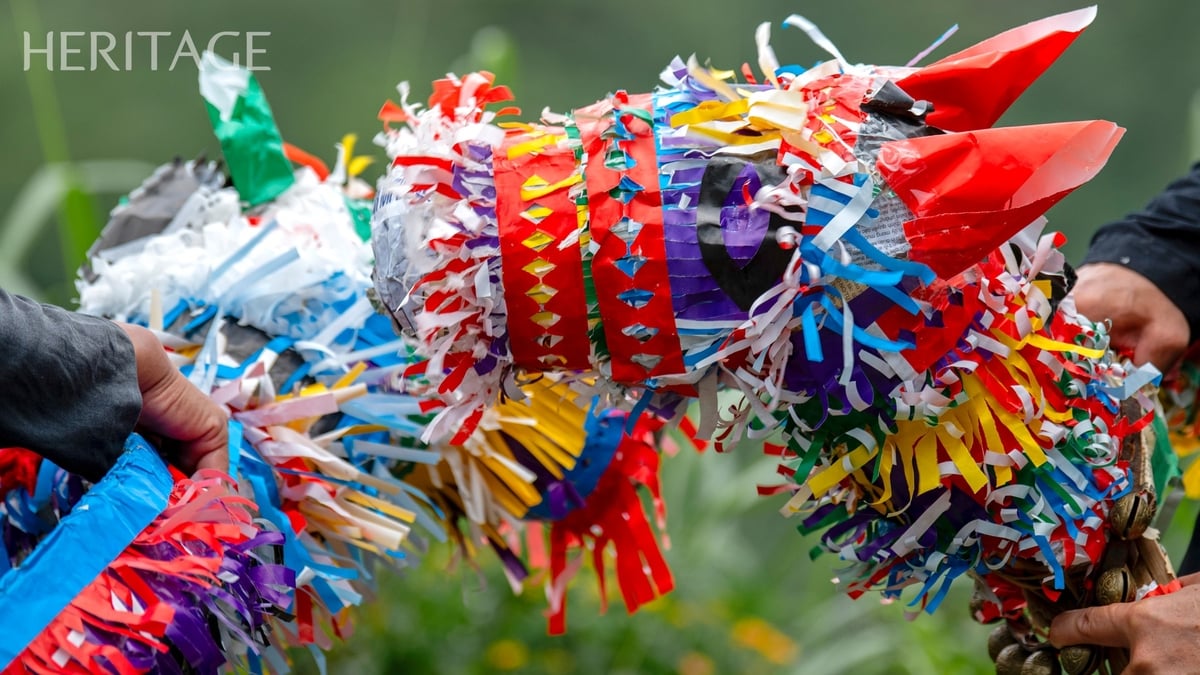







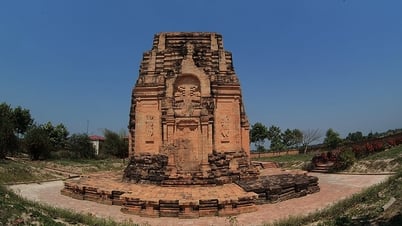

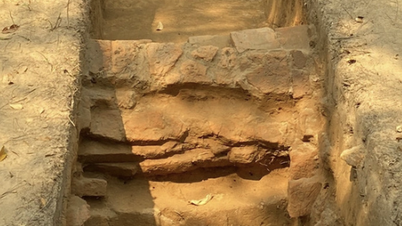





















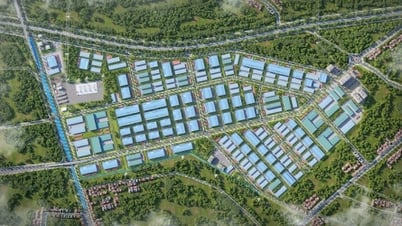














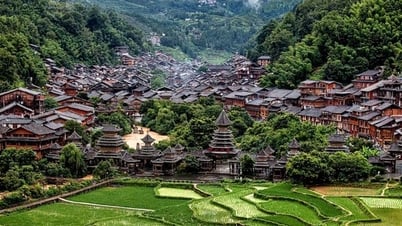
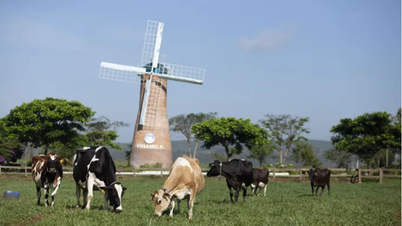














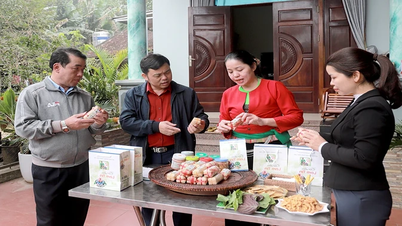






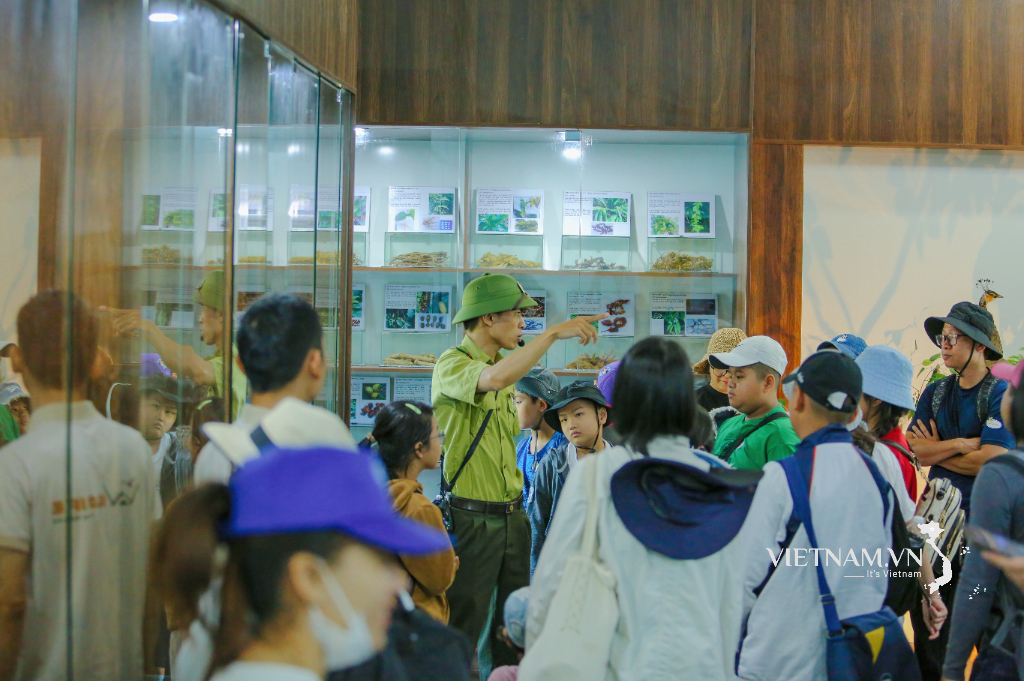



Comment (0)